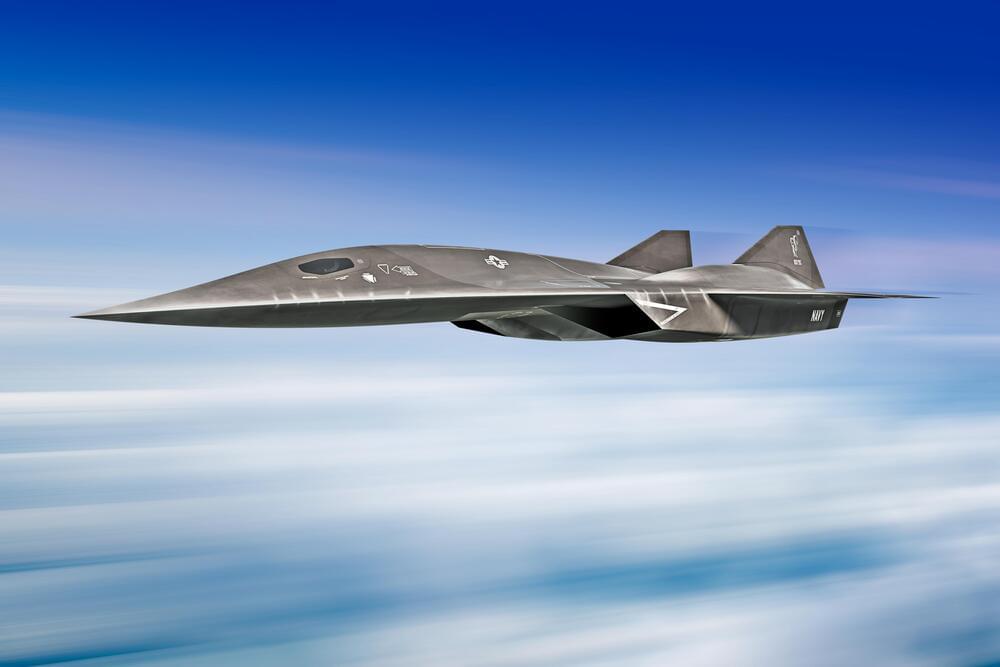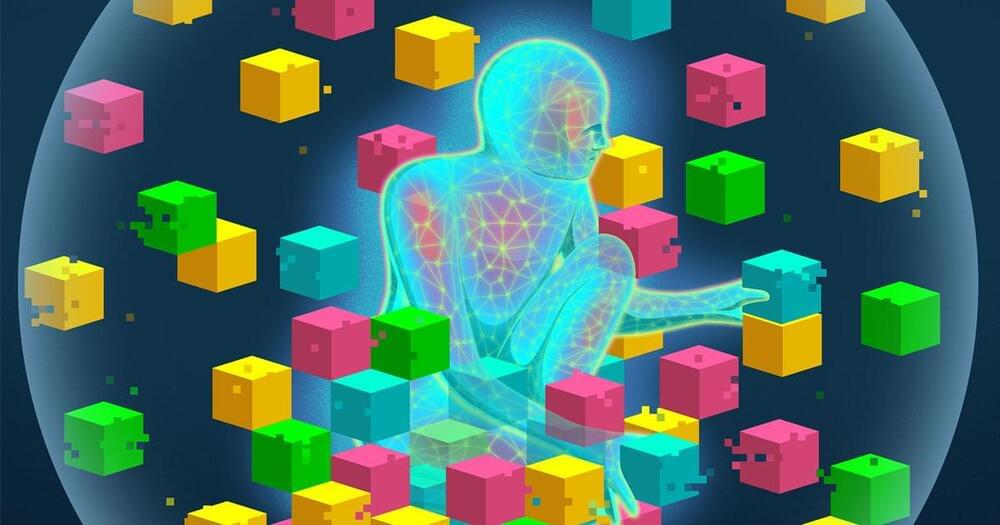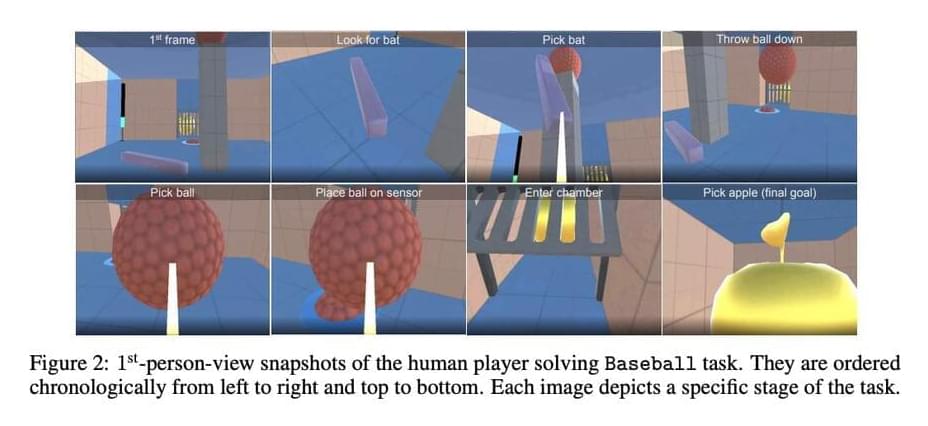Page 5038
Jun 24, 2022
The stunning photography that shows how tiny we are, this is how Earth looks from Saturn
Posted by Alberto Lao in category: space
Jun 24, 2022
Health Systems Want Government Help Fighting Off the Hackers
Posted by Genevieve Klien in categories: biotech/medical, cybercrime/malcode, government, health
As cyberattacks on medical networks continue to affect healthcare institutions across the country, organizations who are directly at risk of these attacks are seeking government assistance.
From January through June, the Office of Civil Rights tallied 256 hacks and information breaches, up from 149 for the same period a year ago. It’s a continuing trend from last year: Cybersecurity outfit Sophos reports that in 2021, attacks on health systems were up 66 percent over 2020.
Now some health systems are asking the federal government to step in and provide more security for what they consider critical national infrastructure.
Jun 24, 2022
Biometric authentication using breath
Posted by Genevieve Klien in categories: chemistry, privacy, robotics/AI, security
An artificial nose, which is combined with machine learning and built with a 16-channel sensor array was found to be able to authenticate up to 20 individuals with an average accuracy of more than 97%.
“These techniques rely on the physical uniqueness of each individual, but they are not foolproof. Physical characteristics can be copied, or even compromised by injury,” explains Chaiyanut Jirayupat, first author of the study. “Recently, human scent has been emerging as a new class of biometric authentication, essentially using your unique chemical composition to confirm who you are.”
The team turned to see if human breath could be used after finding that the skin does not produce a high enough concentration of volatile compounds for machines to detect.
Jun 24, 2022
Particle Made Of Four Neutrons Finally Observed After Long-Sought Quest
Posted by Genevieve Klien in category: particle physics
Jun 24, 2022
AI Makes Strides in Virtual Worlds More Like Our Own
Posted by Dan Kummer in categories: robotics/AI, transportation
In 2009, a computer scientist then at Princeton University named Fei-Fei Li invented a data set that would change the history of artificial intelligence. Known as ImageNet, the data set included millions of labeled images that could train sophisticated machine-learning models to recognize something in a picture. The machines surpassed human recognition abilities in 2015. Soon after, Li began looking for what she called another of the “North Stars” that would give AI a different push toward true intelligence.
She found inspiration by looking back in time over 530 million years to the Cambrian explosion, when numerous land-dwelling animal species appeared for the first time. An influential theory posits that the burst of new species was driven in part by the emergence of eyes that could see the world around them for the first time. Li realized that vision in animals never occurs by itself but instead is “deeply embedded in a holistic body that needs to move, navigate, survive, manipulate and change in the rapidly changing environment,” she said. “That’s why it was very natural for me to pivot towards a more active vision [for AI].”
Today, Li’s work focuses on AI agents that don’t simply accept static images from a data set but can move around and interact with their environments in simulations of three-dimensional virtual worlds.
Jun 24, 2022
Yann LeCun has a bold new vision for the future of AI
Posted by Dan Kummer in categories: futurism, robotics/AI
One of the godfathers of deep learning pulls together old ideas to sketch out a fresh path for AI, but raises as many questions as he answers.
Now, after months figuring out what was missing, he has a bold new vision for the next generation of AI. In a draft document shared with MIT Technology Review, LeCun sketches out an approach that he thinks will one day give machines the common sense they need to navigate the world. For LeCun, the proposals could be the first steps on a path to building machines with the ability to reason and plan like humans—what many call artificial general intelligence, or AGI. He also steps away from today’s hottest trends in machine learning, resurrecting some old ideas that have gone out of fashion.
But his vision is far from comprehensive; indeed, it may raise more questions than it answers. The biggest question mark, as LeCun points out himself, is that he does not know how to build what he describes.
Continue reading “Yann LeCun has a bold new vision for the future of AI” »
Jun 24, 2022
DeepMind Researchers Develop ‘BYOL-Explore’: A Curiosity-Driven Exploration Algorithm That Harnesses The Power Of Self-Supervised Learning To Solve Sparse-Reward Partially-Observable Tasks
Posted by Dan Kummer in categories: information science, policy, robotics/AI
DeepMind Researchers Develop ‘BYOL-Explore’, A Curiosity-Driven Exploration Algorithm That Harnesses The Power Of Self-Supervised Learning To Solve Sparse-Reward Partially-Observable Tasks
Reinforcement learning (RL) requires exploration of the environment. Exploration is even more critical when extrinsic incentives are few or difficult to obtain. Due to the massive size of the environment, it is impractical to visit every location in rich settings due to the range of helpful exploration paths. Consequently, the question is: how can an agent decide which areas of the environment are worth exploring? Curiosity-driven exploration is a viable approach to tackle this problem. It entails learning a world model, a predictive model of specific knowledge about the world, and (ii) exploiting disparities between the world model’s predictions and experience to create intrinsic rewards.
An RL agent that maximizes these intrinsic incentives steers itself toward situations where the world model is unreliable or unsatisfactory, creating new paths for the world model. In other words, the quality of the exploration policy is influenced by the characteristics of the world model, which in turn helps the world model by collecting new data. Therefore, it might be crucial to approach learning the world model and learning the exploratory policy as one cohesive problem to be solved rather than two separate tasks. Deepmind researchers keeping this in mind, introduced a curiosity-driven exploration algorithm BYOL-Explore. Its attraction stems from its conceptual simplicity, generality, and excellent performance.
Jun 24, 2022
Artificial intelligence: conscious or just very convincing?
Posted by Dan Kummer in category: robotics/AI
Alex Hern reports on recent developments in artificial intelligence and how a Google employee became convinced an AI chatbot was sentient.
How to listen to podcasts: everything you need to know
Google software engineer Blake Lemoine was put on leave by his employer after claiming that the company had produced a sentient artificial intelligence and posting its thoughts online. Google said it suspended him for breaching confidentiality policies.
Jun 24, 2022
Lockheed Martin lifts lid on Top Gun’s Darkstar hypersonic jet concept
Posted by Dan Kummer in categories: military, surveillance

Lauded for its compelling action sequences and exhilarating portrayal of next-gen aerial dogfighting, Top Gun: Maverick has quickly become a monumental success at the box office. But the producers couldn’t have done it without leveraging the expertise of some of the world’s foremost experts in all things aerospace, and that includes tapping into the minds of Lockheed Martin Skunk Works engineers to craft their physics-bending Darkstar hypersonic jet.
Without wanting to give away any of the plot’s specifics, the Darkstar aircraft features early in the film as Pete “Maverick” Mitchell (played by Tom Cruise) carries out his duties as a test pilot for the US Navy. The futuristic fighter jet is a jaw-dropping introduction to the hyperreal aesthetics of the film, but may also strike a familiar chord with aviation enthusiasts due to a likeness to one of history’s most revered aerial vehicles, the SR-71 Blackbird.
Continue reading “Lockheed Martin lifts lid on Top Gun’s Darkstar hypersonic jet concept” »
















